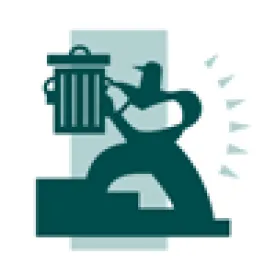The addition of waste ban inspectors by MassDEP in October 2013 has dramatically increased the number of waste ban violations issued by MassDEP. In the first nine months of 2013 prior to bulking up the waste ban inspector ranks, MassDEP reported that it issued just 18 waste ban violations. In the 12 months since adding inspectors, MassDEP reported a staggering 201 enforcement actions resulting from more than 180 waste ban inspections. MassDEP estimated that one in five inspected loads resulted in some form of follow-up action, either a Notice of Noncompliance or waste ban letter. While 198 of the 201 enforcement actions were Notices of Noncompliance, three resulted in “higher level enforcements.”
The additional enforcement comes as MassDEP attempts to make headway removing wastes banned by the agency from the actual trash stream. The Waste Characterization Study performed in Fall/Winter 2010 reported that 43% of the waste stream was banned materials and that has not appreciably changed as of the Spring/Summer 2013 study, which found the level to be a bit better at 40% (neither included food waste as banned wastes as that ban is just effective October 1, 2014).
If there is a silver lining for waste facilities in this news, it likely is that inspectors appear to be focused for the first time on generators rather than just the facilities. MassDEP reported that it sent 600 generator letters based on facility data, third-party inspection data, complaints, and results of inspections. Owners and operators of facilities have long sought to have the burden of compliance with waste bans shifted to those generating the wastes as the generators arguably have control over what goes into their waste loads, and the receiving facilities simply receive what the generators throw out. As MassDEP is fond of saying, source reduction trumps end-of-pipe controls.
MassDEP predicts keeping up this pace of inspections, estimating 200 inspections per year reviewing more than 5,000 loads per year.




 />i
/>i

